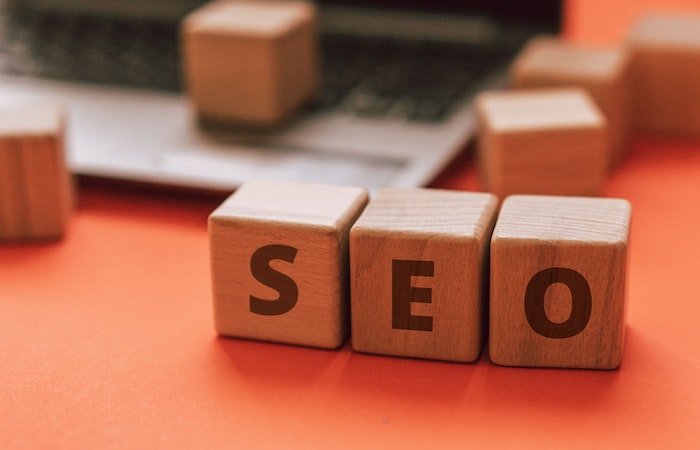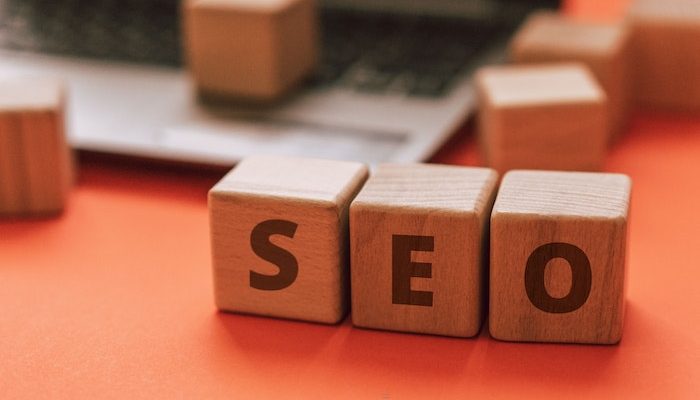
Search engine optimization (SEO) is a crucial aspect of digital marketing, and on-page SEO is one of its most important components. On-page SEO refers to the practices and techniques used to optimize individual web pages to rank higher in search engine results pages (SERPs) and attract more traffic. In this article, we will discuss the fundamentals of on-page SEO and provide tips and best practices to help you optimize your web pages.
Keyword research
The first step in on-page SEO is keyword research. Keywords are the phrases and terms that users type into search engines when looking for information or products. Keyword research helps you identify the keywords and phrases that are relevant to your business and that your target audience is searching for. Once you have a list of keywords, you can use them to optimize your web pages. For keyword research, you can use free tool Google Keyword Planner.
Title tag
The title tag is one of the most important on-page SEO factors. The title tag appears in the search engine results pages as the blue link that users click on to visit your website. The title tag should be concise, descriptive, and include your primary keyword. Ideally, it should be between 50-60 characters in length. Make sure that each page on your website has a unique title tag that accurately describes its content.
Meta description
The meta description is the short description that appears below the title tag in the search engine results pages. Although meta descriptions are not a direct ranking factor, they can influence click-through rates. The meta description should be concise, descriptive, and include your primary keyword. It should also encourage users to click through to your website by highlighting the benefits or unique value proposition of your content.
Header tags
Header tags (H1, H2, H3, etc.) are used to structure the content on your web pages. The H1 tag should be used for the main heading of your page, and should include your primary keyword. Subheadings (H2, H3, etc.) should be used to break up the content into sections and include variations of your primary keyword. Using header tags makes your content easier to read and understand, and also helps search engines understand the structure and hierarchy of your content.
Content optimization
Content is the foundation of on-page SEO. Search engines rank web pages based on the relevance and quality of their content. To optimize your content for search engines and users, you should:
- Include your primary keyword in the first paragraph of your content.
- Use variations of your primary keyword throughout your content.
- Write high-quality, informative, and engaging content that satisfies the user’s search intent.
- Use bullet points, numbered lists, and other formatting techniques to make your content easier to read and understand.
Image optimization
Images can also be optimized for on-page SEO. To optimize your images, you should:
- Use descriptive file names that include your primary keyword (e.g., “best-shoes-for-running.jpg”).
- Include alt text that describes the image and includes your primary keyword.
- Compress your images to reduce their file size and improve page loading speed.
Internal linking
Internal linking is the practice of linking to other pages on your website from within your content. Internal linking helps search engines understand the structure and hierarchy of your website, and also helps users navigate your content. To optimize your internal linking, you should:
- Use descriptive anchor text that includes your primary keyword.
- Link to related content that is relevant to the user’s search intent.
- Use a logical hierarchy for your internal linking structure, with the most important pages linked to more frequently.
URL structure
URL structure is also an important on-page SEO factor. Your URL should be descriptive, concise, and include your primary keyword. Ideally, your URL should be no more than 5-6 words long. To optimize your URL structure, you should:
- Use hyphens (-) to separate words in your URL, rather than underscores (_) or spaces.
- Avoid using numbers or special characters in your URL, unless they are part of the keyword.
- Keep your URL structure consistent across your website.
Page speed
Page speed is a critical on-page SEO factor. Slow-loading pages can negatively impact user experience and lead to high bounce rates. To optimize your page speed, you should:
- Use a fast and reliable web hosting service.
- Optimize your images and other media files.
- Minimize the use of plugins and scripts that can slow down your website.
- Use caching and compression techniques to reduce page loading times.
Mobile optimization
Mobile optimization is another essential on-page SEO factor. With the increasing use of mobile devices, search engines prioritize mobile-friendly websites in their rankings. To optimize your website for mobile devices, you should:
Use a responsive design that adapts to different screen sizes.
- Optimize your images and other media files for mobile devices.
- Use legible font sizes and clear, concise content.
- Avoid using pop-ups and interstitials that can disrupt the user experience on mobile devices.
Conclusion
On-page SEO is a crucial component of search engine optimization. By optimizing your web pages for relevant keywords and providing high-quality, engaging content, you can improve your rankings in search engine results pages and attract more traffic to your website. Remember to focus on the fundamentals of on-page SEO, including keyword research, title tags, meta descriptions, header tags, content optimization, image optimization, internal linking, URL structure, page speed, and mobile optimization. By following these best practices, you can create a website that is both user-friendly and search engine-friendly.

